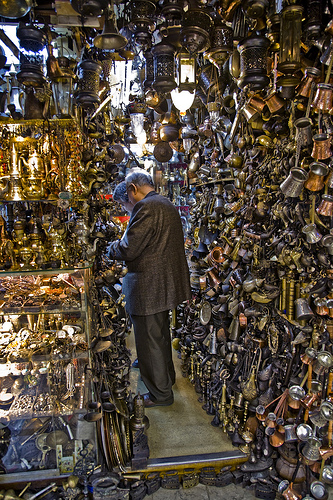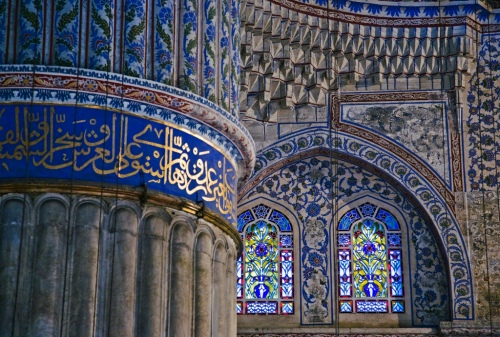Humanities, the magazine of the NEH, has a fascinating article on Darwin’s voyage aboard the HMS Beagle. The very fact that Darwin was invited on this circumnavigational “cruise” is amazing, a stroke of good luck; normally, aboard a vessel of the British navy, the ship’s doctor would undertake scientific observations. Luckily the Beagle‘s captain, Henslow, thought back to the great James Cook, and the discoveries that were made on his ships by the naturalist Joseph Banks. Darwin’s father didn’t want him to go; Charles was just 22 years old at the time.
We often think about Darwin with his notebook, scribbling details of finches and tortoises; we don’t consider him a “man of action,” but of detailed observation and lengthy meditation. So it comes as a great surprise to learn that he had far more daring adventures than anyone by rights ought to have, 22 or not:
At times he rode out with gauchos, making his way through political rebellions or embarking on shooting expeditions to get meat for Christmas dinner. In Tierra del Fuego, he saved his crewmates by rescuing a rowboat from a tidal wave. He saw stars from the top of the Andes, climbed mountains in Tahiti, felt his blood boil over the slavery that was still legal in Brazil, admired girls in Valparaiso, and splashed around in coral lagoons in search of evidence for their formation. These exploits were all recounted in a wonderful series of letters home to his sisters that still exist in the archive. Over the years, Darwin’s sisters saw his ambitions changing, his confidence emerging. Indeed, they may have discerned how unlikely it was that he would now become a clergyman.
You are definitely encouraged to read more.









